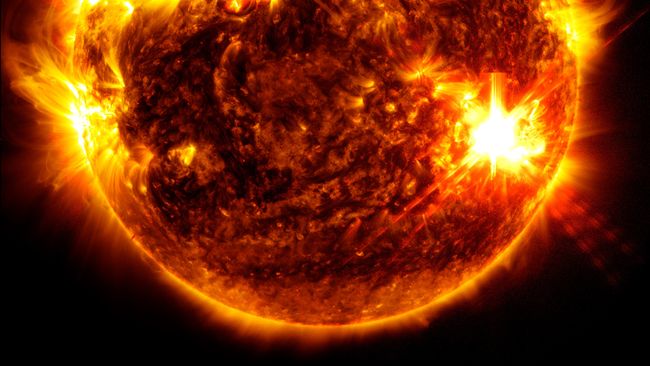Observatories on Earth, near the Sun and in lunar orbit recorded record-breaking X- and M-class flares
In May, the Indian Space Research Organization (ISRO) collected data on solar activity from several observation points at once — from the Earth, from the region near the Sun, and even from lunar orbit. This rare opportunity became available thanks to the organization’s extensive network of ground-based and space-based observational facilities.
Over the past two weeks, increased activity has been observed on the Sun, accompanied by frequent and powerful flares in the M and X class ranges. According to the Thumba ground node of the Indian Network for Space Weather Monitoring (INSWIM), the total electron content (TEC) in the atmosphere increased by 100% on May 11 compared to the previous day.
During this period, observations were also carried out by ISRO spacecraft. The first Indian solar observatory, Aditya-L1, located at the Lagrange point L1, began studying the Sun only in January this year. But already in May, its instruments recorded high-speed solar wind, high-temperature solar wind plasma and a flux of energetic ions during the peak of solar activity.
X-ray spectrometers of the «Aditya-L1» — SoLEXS and HEL1OS — monitored the powerful bursts in the Sun's light curve, consistent with a series of X- and M-class flares that erupted last week. The signatures of these flares were also recorded by the Aditya-L1 magnetometer when coronal mass ejections passed through the L1 point.
Evidence of high solar activity also came from the lunar orbiter «Chandrayaan-2». The XSM solar X-ray monitor on the interplanetary station not only observed X-ray radiation from powerful solar flares, but and recorded an increase in the concentration of high-energy particles in cislunar space.
ISRO's ground stations and spacecraft continue to work hard, collecting extensive data on the current surge in solar activity. These materials will provide scientists with materials for a detailed analysis of solar processes.

